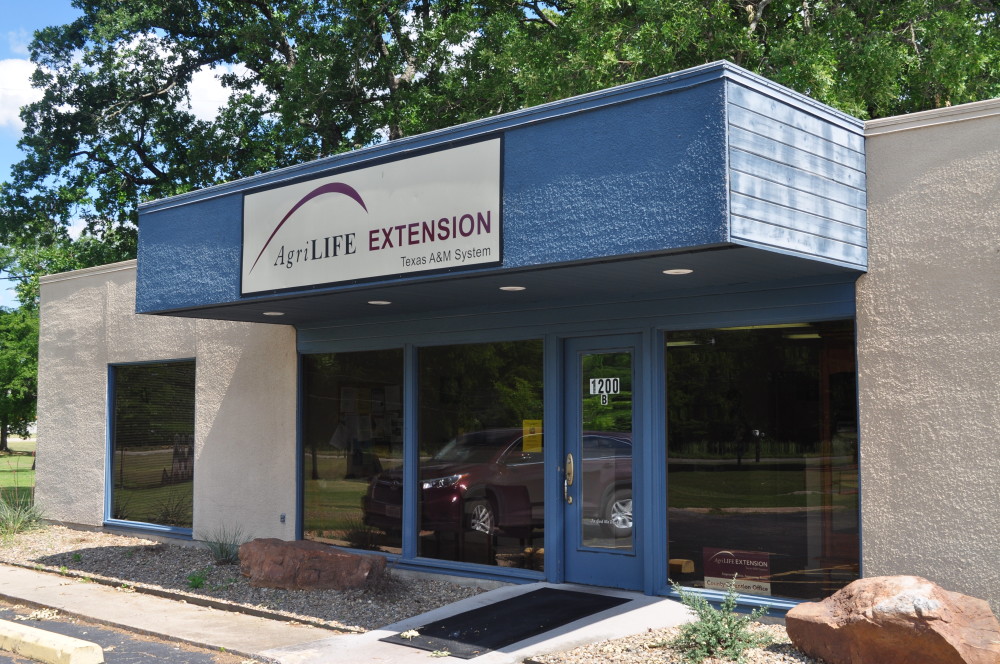One of the common activities during winter in Northeast Texas gardens is pruning. When referring to pruning, Dr. Welsh, Texas A&M AgriLife Extension Horticulturist indicated: Proper pruning enhances the beauty of almost any landscape tree and shrub, while improper pruning can ruin or greatly reduce its landscape potential. In most cases, it is better not to prune than to do it incorrectly.
In nature, plants go years with little or no pruning, but man can ruin what nature has created. By using improper pruning methods healthy plants are often weakened or deformed. In nature, every plant eventually is pruned in some manner. It may be a simple matter of low branches being shaded by higher ones resulting in the formation of a collar around the base of the branch restricting the flow of moisture and nutrients. Eventually the leaves wither and die and the branch then drops off in a high wind or storm. Often, tender new branches of small plants are broken off by wild animals in their quest for food. In the long run, a plant growing naturally assumes the shape that allows it to make the best use of light in a given location and climate. All one needs to do to appreciate a plant’s ability to adapt itself to a location is to walk into a wilderness and see the beauty of natural growing plants.
Pruning, like any other skill, requires knowing what you are doing to achieve success. The old idea that anyone with a chain saw or a pruning saw can be a landscape pruner is far from the truth. More trees are killed or ruined each year from improper pruning than by pests. Remember that pruning is the removal or reduction of certain plant parts that are not required, that are no longer effective, or that are of no use to the plant. It is done to supply additional energy for the development of flowers, fruits, and limbs that remain on the plant.
Pruning, which has several definitions, essentially involves removing plant parts to improve the health, landscape effect, or value of the plant. Once the objectives are determined and a few basic principles understood, pruning primarily is a matter of common sense. Pruning can actually be done at any time of the year; however, recommended times vary with different plants. Contrary to popular belief, pruning at the wrong time of the year does not kill plants, but continual improper pruning results in damaged or weakened plants. Do not prune at the convenience of the pruner, but rather when it results in the least damage to the plant. There is little chance of damaging the plant if this rule is followed.
In general, the best time to prune most plants is during late winter or early spring before growth begins. There are exceptions to this rule. The least desirable time is immediately after new growth develops in the spring. A great amount of food stored in roots and stems is used in developing new growth. This food should be replaced by new foliage before it is removed; if not, considerable dwarfing of the plant may occur. This is a common problem encountered in pruning. It also is advisable to limit the amount of pruning done late in summer as new growth may be encouraged on some plants. This growth may not have sufficient time to harden off before cold weather arrives resulting in cold damage or winter kill. Prune plants damaged by storms or vandalism or ones with dead limbs as soon as possible to avoid additional insect and disease problems that may develop.
In another note: pruning can be an intense activity once starts. Make sure you plan how much and how to dispose of the plant material so you can enjoy as you work.
For more information on this or any other agricultural topic please contact the Hopkins County Extension Office at 903-885-3443 or email me at [email protected].







